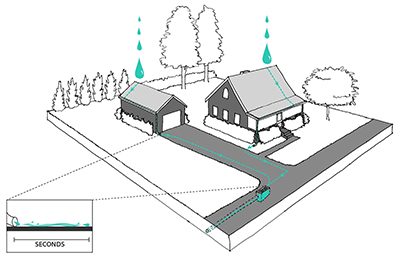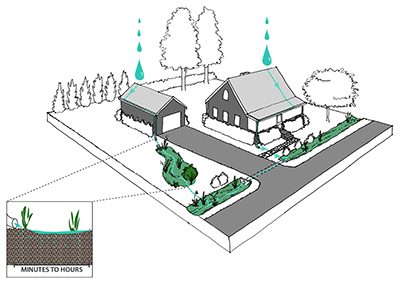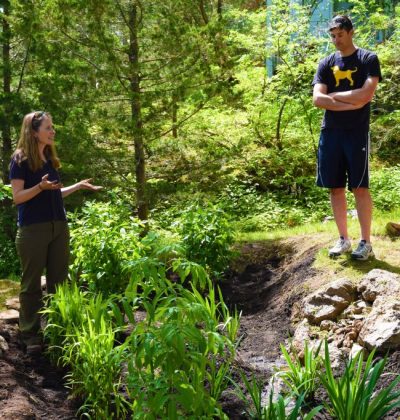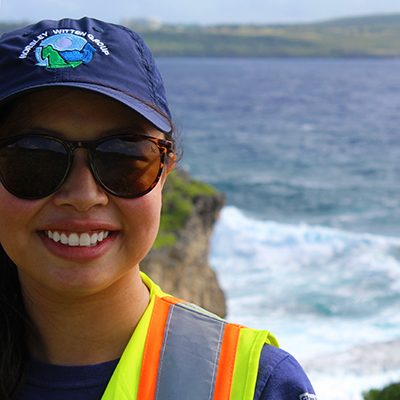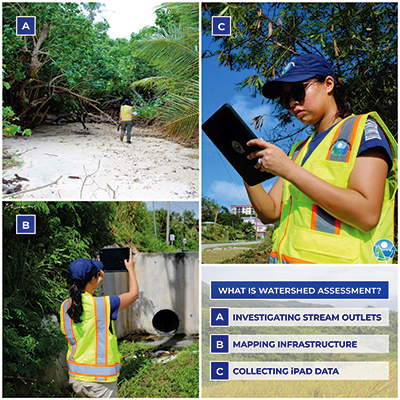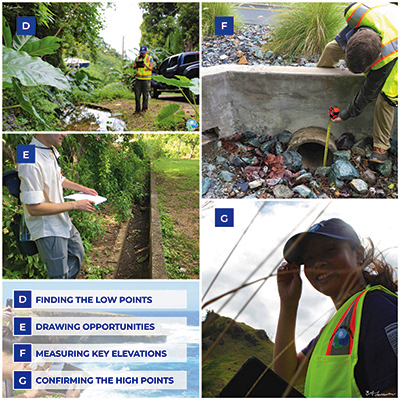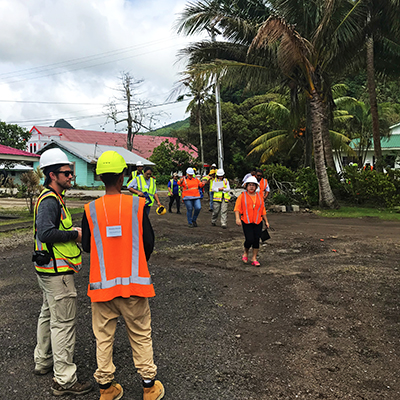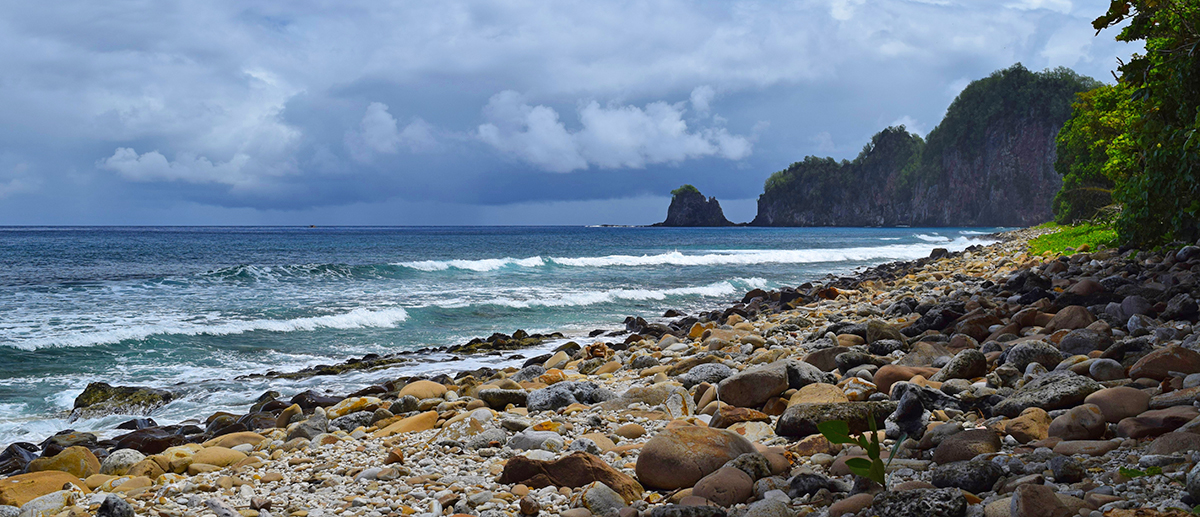improving water quality in our local community
Town of Sandwich, MA
Rich Claytor, P.E., President and Sam Jensen, P.E., Engineer for the Town of Sandwich were featured in an US EPA Soak Up the Rain New England Series webinar entitled Clean Water on the Cape: Green Infrastructure in Sandwich and Yarmouth, MA.
The goal of the Sandwich project is to reclassify the harbor as fully approved for shellfishing. To achieve this, the Town and HW staff launched a multi-year Cape Cod Water Resources Restoration effort funded by the U.S. Department of Agriculture’s Natural Resource Conservation Service and CPR FY19 and FY20 grants.
The project led to the design, permitting, and installation of multiple bioretention and linear swale systems along the Town Neck Beach parking lot and Boardwalk Road, as well as three underground infiltration chambers, and four porous pavement and sand filter systems in the surrounding neighborhoods. These stormwater systems not only target bacteria in stormwater runoff from nearby parking lots, roads, and driveways, but also treat nitrogen and other stormwater pollutants, and reduce flooding.
EPA’s Soak Up the Rain is a stormwater public outreach and education program to raise awareness about the costly impacts of polluted stormwater runoff and encourage compliance with stormwater rules and requirements through nature-based solutions such as green infrastructure and low impact development.
Project Partners & Funding: Cape Cod Water Resources Restoration Project, Town of Sandwich, USDA, CZM, Cape Cod Conservation District, State of MA
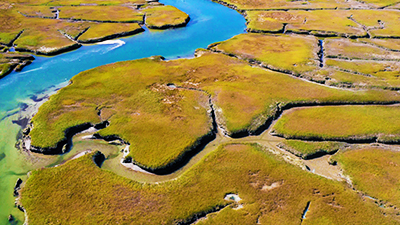 Image provided by USGS
Image provided by USGS
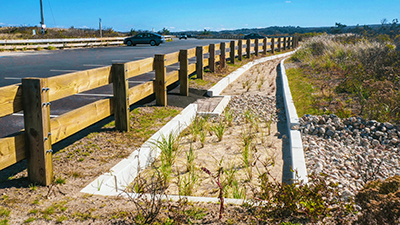 Image provided by USGS
Image provided by USGS
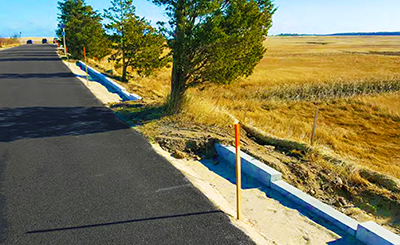

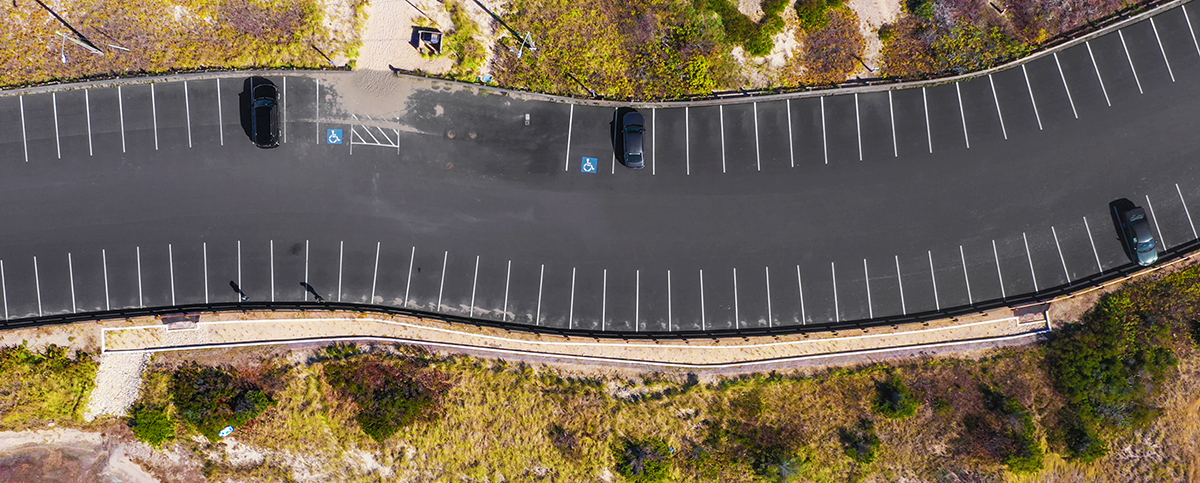 Image provided by USGS
Image provided by USGS

